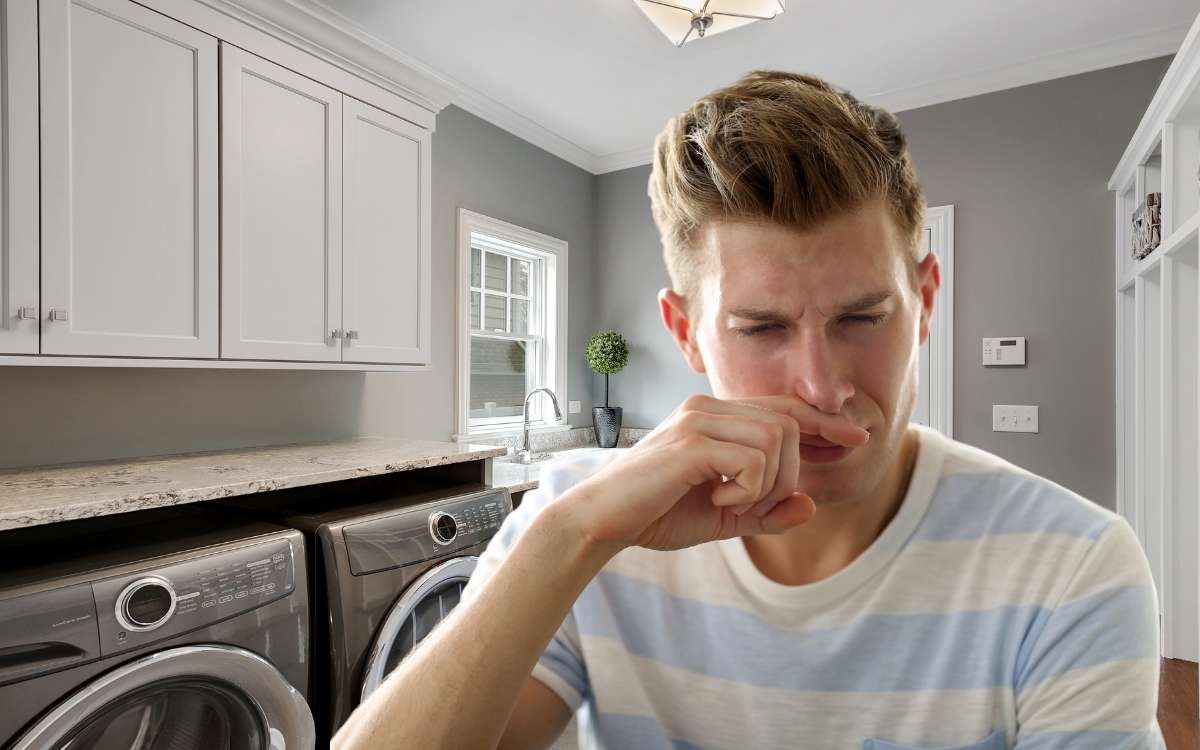

Articles
Why Does Laundry Room Smell Like Sewer
Modified: October 18, 2024
Discover why your laundry room has a sewer-like smell and find helpful articles to tackle the issue and restore freshness.
(Many of the links in this article redirect to a specific reviewed product. Your purchase of these products through affiliate links helps to generate commission for Storables.com, at no extra cost. Learn more)
Introduction
Have you noticed an unpleasant smell lingering in your laundry room? The presence of a sewer smell in this space can be highly unpleasant and cause concern. Not only does it affect the overall ambiance of the room, but it can also indicate underlying issues with your plumbing system.
Understanding the possible causes of a sewer smell in the laundry room is the first step towards resolving the problem. By identifying the source of the odor, you can take appropriate measures to eliminate it and prevent any further complications.
In this article, we will explore the common reasons behind a sewer smell in the laundry room and discuss effective solutions to resolve the issue. So let’s dive in and uncover the secrets to keeping your laundry room smelling fresh and clean.
Key Takeaways:
- Say goodbye to sewer smells in your laundry room by identifying and addressing specific issues like dry P-traps, clogged vent pipes, and dirty washing machines. Regular maintenance is key to a fresh-smelling space.
- When DIY methods aren’t enough, don’t hesitate to call a professional plumber to tackle complex plumbing issues causing persistent sewer smells. Prevention, regular cleaning, and prompt repairs ensure a pleasant laundry room environment.
Read more: Why Does Toilet Smell Like Sewer
Possible Causes of Sewer Smell in the Laundry Room
When you encounter a sewer smell in your laundry room, it’s essential to investigate the root cause of the issue. Here are some possible reasons why your laundry room might have an unpleasant odor:
- Dry P-Trap: The P-trap is a U-shaped pipe beneath your sink or drain that is designed to hold water and prevent sewer gases from entering your living space. If the water in the P-trap evaporates or leaks out, it can allow sewer odors to escape into the room.
- Clogged Sewer Vent Pipe: The sewer vent pipe allows air to flow through the drainage system, helping to maintain proper drainage and prevent sewer gases from backing up into your home. A clogged vent pipe can disrupt this airflow, resulting in unpleasant odors in your laundry room.
- Damaged or Faulty Sewer Line: If there is damage or a break in the sewer line that runs near your laundry room, it can lead to sewer gases seeping into the space.
- Sewage Backup: A sewer backup can occur due to various reasons, such as a blockage in the main sewer line or overloaded sewage system. When this happens, it can cause sewage to flow back into your laundry room, accompanied by a strong sewer odor.
- Cracked Washing Machine Drain Hose: The drain hose of your washing machine carries wastewater away from the appliance. If the hose develops cracks or becomes damaged over time, it can result in leaks and allow sewer odors to permeate the room.
- Improper Drain Pipe Installation: If the drain pipe in your laundry room was improperly installed, such as lacking a proper seal or incorrect slope, it can lead to stagnant water and sewer smells.
- Dirty Washing Machine: Over time, residue from detergent, fabric softeners, and lint can accumulate within the washing machine. This buildup can create a breeding ground for bacteria and mold, causing unpleasant odors to emanate from the machine.
- Mold or Mildew Growth: Excessive moisture in the laundry room can promote the growth of mold or mildew on walls, floors, or hidden areas. These fungi release a musty odor that is often mistaken for a sewer smell.
- Blocked Floor Drain: If you have a floor drain in your laundry room, a blockage in the drain can cause stagnant water and emit sewer odors. Foreign objects, debris, or a buildup of detergent can contribute to the blockage.
By understanding these potential causes, you can pinpoint the source of the sewer smell in your laundry room and take appropriate measures to eliminate it. In the following sections, we will explore effective solutions to resolve these sewer smell issues and restore a fresh and pleasant environment in your laundry room.
Dry P-Trap
One of the common causes of a sewer smell in the laundry room is a dry P-trap. The P-trap is a curved section of pipe under your sink or drain that is filled with water. This water creates a barrier that prevents sewer gases from escaping into your living space.
If you notice a sewer smell in your laundry room, it’s possible that the water in the P-trap has evaporated or leaked out. This can occur if the drain in your laundry room is seldom used or if there is a small leak in the pipe. Without the water barrier, the sewer gases can easily escape and create an unpleasant odor.
To fix a dry P-trap, simply pour water into the drain. This will fill up the trap and create the necessary seal to block the sewer odors. You can also add a small amount of mineral oil to the water to slow down the evaporation process. It’s a good idea to periodically run some water down the drain to keep the trap filled.
If you frequently experience a dry P-trap, you may want to consider installing a trap primer. A trap primer is a device that automatically adds water to the P-trap to prevent it from drying out. This can be particularly useful if you have drains that are rarely used, such as in a vacation home or a laundry room that is not frequently used.
Remember that a dry P-trap is not only a source of sewer smell but also a potential entry point for pests and insects. By keeping the trap filled with water, you can ensure that your laundry room remains odor-free and free from unwanted visitors.
Clogged Sewer Vent Pipe
A clogged sewer vent pipe can also be a culprit behind a sewer smell in the laundry room. The sewer vent pipe plays a crucial role in your plumbing system by allowing air to flow through the drainage system, preventing sewer gases from entering your living space.
If the vent pipe becomes clogged or blocked, it can disrupt the proper airflow and cause sewer odors to back up into your laundry room. Common causes of clogged vent pipes include debris, bird nests, leaves, or even animal presence.
To check if your sewer vent pipe is clogged, you can visually inspect it if it’s accessible. Look for any visible blockages or signs of obstruction. However, it’s important to note that vent pipes are typically located on the roof of your house, making them challenging to access without professional assistance.
If you suspect a clogged vent pipe, it’s best to call a professional plumber to handle the situation. They have the necessary tools and expertise to safely climb onto the roof and clear any blockages in the vent pipe. They may use methods like using a specialized pipe snake or high-pressure water jetting to clear the obstruction and restore proper airflow.
Prevention is key to avoiding a clogged sewer vent pipe. Regularly inspecting and maintaining your vent pipe can help prevent blockages before they occur. Trim any nearby trees or shrubs that could potentially grow into or block the pipe. Install a vent cap or screen to prevent debris from entering the pipe while still allowing proper airflow.
By addressing a clogged sewer vent pipe, you can ensure that your laundry room remains free from sewer smells and maintain a well-functioning plumbing system.
Damaged or Faulty Sewer Line
If you’re experiencing a persistent sewer smell in your laundry room, there may be an issue with your sewer line. A damaged or faulty sewer line can allow sewer gases to escape and permeate through your home.
Sewer lines can become damaged or faulty due to various reasons, such as aging, shifting soil, tree root intrusion, or physical damage. Cracked, broken, or collapsed sewer lines can result in leaks and allow sewer odors to enter your laundry room.
Identifying a damaged sewer line can be challenging as the majority of the pipe is buried underground. However, there are a few signs that may indicate a problem. These include frequent drain clogs, slow drainage, gurgling sounds in drains, or the presence of wet or foul-smelling patches in your yard.
If you suspect that your sewer line is damaged, it’s crucial to contact a professional plumber or sewer line specialist. They will perform a thorough inspection using specialized equipment such as video cameras to locate the exact location and extent of the damage.
Based on their findings, the plumber will recommend the most appropriate solution to repair or replace the damaged sewer line. Depending on the severity of the damage, options may include trenchless pipe lining, where a new pipe is created inside the existing damaged pipe, or traditional excavation to remove the old pipe and install a new one.
Repairing or replacing a damaged sewer line requires professional expertise and should not be attempted as a DIY project. It’s essential to address the issue promptly to prevent further damage and eliminate the sewer smell in your laundry room.
Regular maintenance and inspection of your sewer line can help identify potential issues before they become major problems. Additionally, avoid flushing or disposing of items that can cause damage to your sewer line, such as grease, oils, paper towels, or feminine hygiene products.
By addressing a damaged or faulty sewer line, you can resolve sewer smell issues and ensure the proper functioning of your plumbing system.
Read more: Why Does Laundry Room Smell Like Rotten Eggs
Sewage Backup
A sewage backup is a serious and unpleasant issue that can result in a strong sewer smell in your laundry room. It occurs when the sewage system becomes overwhelmed or experiences a blockage, causing sewage to flow back into your home.
There are several reasons why sewage backups can occur, including a clogged main sewer line, tree root intrusion, or a malfunctioning septic system. When these issues arise, the sewage has nowhere to go and can back up into your laundry room or other areas of your home, causing significant damage and emitting a foul odor.
If you suspect a sewage backup, it’s crucial to act quickly. First, avoid using any plumbing fixtures or running water to prevent further backup. Next, contact a professional plumber or sewage cleanup specialist to assess the situation and start the cleanup process.
It’s important to note that sewage backups can be hazardous to your health due to the presence of bacteria, viruses, and other contaminants. Therefore, it is strongly recommended to leave the cleanup to professionals who have the necessary equipment and expertise to handle the situation safely.
Preventing sewage backups involves regular maintenance and taking proactive measures. Consider the following preventative steps:
- Proper Disposal: Avoid flushing items that can clog your plumbing system, such as paper towels, wipes, feminine hygiene products, or diapers. Dispose of these items in the trash instead.
- Grease Disposal: Do not pour grease, oil, or fat down the drains, as they can solidify and clog your pipes. Instead, collect and dispose of them in a heat-resistant container.
- Tree Root Management: Regularly inspect and maintain your sewer lines to prevent tree roots from infiltrating and causing blockages. Consider using root barriers or trimming trees and shrubs near your sewer lines.
- Professional Inspection: Schedule regular inspections by a professional plumber to identify any potential issues with your sewer system and address them before they become major problems.
By taking these preventative measures and promptly addressing any sewage backup issues, you can minimize the risk of a sewer smell in your laundry room and maintain a healthy and functioning plumbing system.
Cracked Washing Machine Drain Hose
A cracked or damaged washing machine drain hose can be a common cause of a sewer smell in the laundry room. The drain hose is responsible for carrying wastewater from the washing machine to the main sewer line or drain pipe.
If the drain hose develops cracks, holes, or becomes disconnected, it can lead to leaks and allow sewer odors to escape into the laundry room. Over time, the constant exposure to water, detergents, and other chemicals can deteriorate the hose, causing it to crack or break.
To determine if a cracked washing machine drain hose is the source of the sewer smell, inspect the hose for any visible signs of damage or leakage. Run your hand along the length of the hose, feeling for any cracks or holes. Additionally, check the connections at both ends of the hose to ensure they are secure and properly sealed.
If you discover a cracked or damaged hose, it is essential to replace it to eliminate the sewer smell and prevent leaks. Start by turning off the water supply and unplugging the washing machine. Disconnect the old hose from both the machine and the drain pipe, being cautious of any residual water that may spill out.
Purchase a new washing machine drain hose that matches the specifications of your machine. Ensure that it is the correct length and has the appropriate fittings for a secure connection. Install the new hose, making sure to tighten the connections securely and check for any possible leaks.
Regularly inspecting your washing machine drain hose for signs of wear and tear can help prevent future issues. Avoid overloading the washing machine, as this can put excessive strain on the hose. Additionally, be cautious of sharp objects or abrasive materials that can damage the hose during use.
By replacing a cracked washing machine drain hose promptly and ensuring its proper installation, you can eliminate the sewer smell in your laundry room and maintain the efficient operation of your washing machine.
Improper Drain Pipe Installation
An improperly installed drain pipe in your laundry room can contribute to sewer smells. The drain pipe carries wastewater from your washing machine to the main sewage line or drain system. If the drain pipe is not installed correctly, it can lead to various issues, including sewer odors.
Improper drain pipe installation can manifest in several ways. For example, if the pipe lacks a proper seal or has loose connections, sewer gases can escape and permeate the laundry room. Similarly, if the drain pipe is not sloped correctly, it can create stagnant water and odors.
To address the issue of an improperly installed drain pipe, you may need to inspect and evaluate the installation. Check the connections between the drain pipe and the washing machine, as well as the connection to the main sewage line or drain system.
Look for any signs of leaks or loose fittings. Tighten any loose connections, ensuring that they are securely fastened. If there is a missing or faulty seal, replace it to create a tight and proper seal to prevent any sewer gas from escaping.
If the drain pipe is not sloped correctly, it can lead to standing water and foul odors. In this case, you may need to consult a professional plumber to assess the situation and make the necessary adjustments.
It’s important to note that correcting an improper drain pipe installation may require professional help, especially if it involves intricate plumbing work. A plumber will have the expertise and knowledge to identify and resolve any installation issues properly.
By addressing an improper drain pipe installation, you can eliminate sewer smells in the laundry room and ensure proper wastewater flow, promoting a clean and fresh environment.
Dirty Washing Machine
A dirty washing machine can be a surprising source of a sewer smell in the laundry room. Over time, residue from detergent, fabric softeners, dirt, and lint can build up inside the machine, creating a breeding ground for bacteria, mold, and mildew.
These accumulated deposits can emit unpleasant odors that are often mistaken for sewer smells. Additionally, the presence of bacteria and mold can affect the cleanliness of your laundry and potentially cause health issues.
To address a dirty washing machine and eliminate the associated odors, it’s important to perform regular cleaning and maintenance. Here are some steps you can follow:
- Wipe Down the Drum: Start by wiping down the drum with a damp cloth to remove any visible debris or residue.
- Run a Hot Water and Bleach Cycle: Fill the washing machine with hot water and add about a cup of bleach. Run a full cycle without any clothes to sanitize and clean the machine. Be sure to follow the manufacturer’s instructions for your specific machine.
- Use Vinegar or Baking Soda: If you prefer a natural cleaning method, you can substitute bleach with white vinegar or baking soda. Add two cups of vinegar or half a cup of baking soda to the detergent dispenser and run a hot water cycle without any clothes.
- Clean the Detergent Dispenser and Filters: Remove the detergent dispenser tray and thoroughly clean it with warm, soapy water. Additionally, check and clean any filters or lint traps that may be present in your washing machine.
- Leave the Door Open: After each wash, leave the door of your washing machine open to allow air to circulate and prevent moisture buildup. This will help prevent mold and mildew growth.
- Use High-Quality Detergent: Choose a high-quality, low-residue detergent to avoid buildup inside the machine. Follow the recommended dosage for your specific washing machine model.
Regularly performing these cleaning procedures can help eliminate foul odors and maintain a fresh-smelling laundry room. It’s also a good practice to clean your washing machine every few months, or more frequently if you notice persistent odors.
By keeping your washing machine clean and free from odor-causing buildup, you can enjoy fresh and clean laundry while eliminating any sewer smells in the laundry room.
Check the floor drain for any blockages or buildup of debris. Pour a mixture of hot water and vinegar down the drain to help eliminate any odors. Consider installing a trap primer to keep the trap full of water and prevent sewer gas from entering the room.
Read more: Why Does My Basement Smell Like Sewer
Mold or Mildew Growth
Mold and mildew growth in the laundry room can be a significant contributor to a sewer smell. Excessive moisture and poor ventilation provide an ideal environment for mold and mildew to thrive, leading to musty odors that can resemble sewer smells.
Mold and mildew can develop on walls, floors, clothes, or hidden areas, such as behind appliances or in damp corners of the room. If left unchecked, they can not only cause unpleasant odors but also pose potential health risks to individuals sensitive to allergens.
To address mold or mildew growth and eliminate the accompanying odors, follow these steps:
- Identify and Eliminate Moisture Sources: Check for any sources of excess moisture in your laundry room, such as leaky pipes, faulty plumbing, or poor ventilation. Repair any leaks or plumbing issues and ensure proper airflow by opening windows or installing a dehumidifier.
- Clean Affected Areas: Thoroughly clean any visible mold or mildew using a mixture of water and a mild detergent. Use a scrub brush or sponge to remove the growth from surfaces such as walls or floors. For stubborn mold, consider using a commercial mold remover following the manufacturer’s instructions.
- Wash Contaminated Clothing or Fabric: If any clothes or fabrics have been affected by mold or mildew, wash them immediately with hot water and a quality laundry detergent. Adding vinegar or baking soda to the wash can help remove odor and disinfect the items.
- Improve Ventilation: Ensure proper ventilation in your laundry room by keeping windows open or using exhaust fans. This helps to reduce moisture and prevents mold and mildew growth.
- Monitor and Maintain: Regularly inspect your laundry room for signs of mold or mildew growth. Keep the area clean, dry, and well-ventilated to prevent the return of unpleasant odors.
It’s essential to note that if you have extensive or persistent mold or mildew growth, it may be necessary to seek professional help. They can assess the extent of the problem and provide effective solutions for mold remediation and odor removal.
By addressing mold or mildew growth and implementing preventative measures, you can eliminate the sewer smell in your laundry room and create a fresh and healthy environment.
Blocked Floor Drain
A blocked floor drain can be a hidden but significant cause of a sewer smell in the laundry room. Floor drains are typically found in basements, utility rooms, or laundry rooms and are designed to drain excess water and prevent flooding.
If the floor drain becomes blocked or clogged, it can lead to stagnant water buildup and emit foul odors. Common causes of blockages include debris, dirt, soap scum, hair, or lint accumulating in the drain pipe over time.
To address a blocked floor drain and eliminate the sewer smell, follow these steps:
- Remove Standing Water: If there is standing water around the drain, use a bucket or a wet-dry vacuum to remove it. This will provide better access to the drain and help in clearing the blockage.
- Clear Debris: Check the drain grate or cover and remove any visible debris or buildup. Use a pair of gloves and a small tool like a wire brush or household drain snake to dislodge and remove any clogs or blockages from the drain pipe. Avoid using sharp objects that may damage the pipes.
- Use a Plunger: If the blockage persists, try using a plunger specifically designed for drains. Place the plunger over the drain and create a tight seal. Push and pull the plunger forcefully to generate pressure and dislodge the clog. Repeat this process a few times to effectively clear the drain.
- Flush with Hot Water: After clearing the blockage, pour hot water down the drain to help remove any remaining debris or buildup. This can help ensure that the drain is fully clear and smells fresh.
- Maintain Regular Cleaning: To prevent future blockages and associated odors, incorporate routine upkeep of the floor drain into your cleaning schedule. Regularly remove debris, flush with hot water, and consider using a drain cleaner or enzymatic drain treatment to keep the drain clean and free-flowing.
If you’ve tried these steps but the floor drain remains blocked or the sewer smell persists, it may be necessary to seek professional assistance. A plumber can inspect the drain pipe and use specialized tools to remove stubborn clogs or perform more extensive cleaning if needed.
By addressing a blocked floor drain, you can eliminate sewer smells, prevent water damage, and maintain a clean and odor-free laundry room.
Resolving Sewer Smell Issues in the Laundry Room
Dealing with a sewer smell in your laundry room can be unpleasant and concerning. However, there are effective solutions to resolve this issue and restore a fresh and clean environment. Here are some steps you can take to address sewer smell issues:
- Identify the Source: Start by identifying the source of the sewer smell. Determine if it is coming from the drains, washing machine, floor drain, or another area in the laundry room.
- Clean Your Washing Machine: A dirty washing machine can contribute to sewer smells. Regularly clean your machine, including the drum, detergent dispenser, and filters, to remove buildup and eliminate odors.
- Check and Clean Drains: Inspect and clean the drains in your laundry room, including the sink, floor drain, and washing machine drain hose. Remove any debris or blockages that may be causing the sewer smell.
- Ensure Proper Drain Pipe Installation: Verify that the drain pipes in your laundry room are correctly installed. Check for loose connections, proper sealing, and ensure the pipes have the right slope to prevent stagnant water and sewer smells.
- Address Plumbing Issues: If you suspect plumbing issues, such as a damaged sewer line or a clogged vent pipe, it’s best to consult a professional plumber. They can identify and resolve any underlying plumbing problems contributing to the sewer smell.
- Clean and Maintain Floor Drains: If you have a floor drain, regularly clean and maintain it to prevent blockages and odors. Remove debris, flush with hot water, and utilize drain cleaners or enzymatic treatments to keep the drain clean and odor-free.
- Eliminate Mold and Mildew: If mold or mildew is contributing to the sewer smell, clean affected areas thoroughly. Improve ventilation in the laundry room to reduce moisture and prevent future growth.
- Preventive Measures: Implement preventive measures to avoid sewer smells in the future. This includes proper disposal of grease, regular maintenance of plumbing systems, and using high-quality detergents.
It’s important to note that not all sewer smell issues can be resolved on your own. If you’ve tried the above steps and the smell persists, it may be necessary to contact a professional plumber for further assistance. They have the expertise and tools to address complex plumbing problems and ensure the proper functioning of your laundry room.
By following these steps and taking proactive measures, you can effectively resolve sewer smell issues and maintain a fresh and pleasant laundry room environment.
Run Hot Water and Bleach Cycle
One of the effective ways to eliminate sewer smells in your laundry room is by running a hot water and bleach cycle in your washing machine. This simple yet powerful method helps to sanitize and clean the machine, removing any buildup and eliminating odors.
Here’s how you can run a hot water and bleach cycle:
- Prepare the Washing Machine: Make sure the washing machine is empty. Remove any clothes or items from the machine before proceeding.
- Measure the Bleach: Consult your washing machine’s manual to determine the appropriate amount of bleach to use. Typically, you will need about 1 cup of bleach for a standard-sized machine. Adjust the amount accordingly for larger or smaller machines.
- Add the Bleach: Pour the measured amount of bleach directly into the detergent dispenser or into the washing machine drum, depending on your machine’s instructions.
- Set the Washing Machine: Set the washing machine to the hottest water temperature setting available. Check if there is an option for a “sanitize” or “cleaning” cycle, and select that if available. If not, select the highest temperature setting and the longest cycle available.
- Start the Cycle: Start the washing machine and allow it to complete the full cycle. This will typically involve filling the drum with hot water, agitating the water with the bleach, and then draining and rinsing the machine.
- Air Out the Machine: Once the cycle is complete, leave the washing machine door open for a while to allow the interior to air out and dry. This will help prevent moisture buildup and the growth of mold or mildew.
The hot water and bleach cycle helps to kill bacteria, eliminate mold and mildew, and remove any trapped odors in your washing machine. It’s important to note that this method should be used with caution and according to your machine’s manufacturer instructions. Not all washing machines are compatible with bleach, so it’s essential to verify its suitability beforehand.
By running a hot water and bleach cycle regularly, approximately every few months or as needed, you can keep your washing machine clean, refreshed, and free from sewer smells. Remember to follow proper safety precautions, such as using gloves and avoiding direct contact with bleach, during the process.
Read more: Why Does My Washing Machine Smell Like Sewer
Clean the Washing Machine
To eliminate sewer smells in your laundry room, it is important to regularly clean your washing machine. Over time, residue from detergent, fabric softeners, dirt, and lint can accumulate inside the machine, creating a breeding ground for bacteria, mold, and mildew that can cause unpleasant odors.
Here are the steps to effectively clean your washing machine:
- Prepare a Cleaning Solution: Mix equal parts of water and vinegar or water and baking soda to create a natural and effective cleaning solution. Alternatively, you can use a specialized washing machine cleaner available in the market.
- Target the Drum: Pour the cleaning solution into the washing machine drum. Pay attention to any areas with visible stains or buildup.
- Run a Hot Water Cycle: Set the washing machine to the hottest water temperature and the longest cycle. The hot water will help loosen and dissolve any residue or buildup inside the machine.
- Wipe Down the Exterior: While the hot water cycle is running, use a damp cloth or sponge to wipe down the exterior surfaces of the machine. Pay attention to areas prone to grime or dirt, such as the control panel and door.
- Address the Detergent Dispenser: Remove the detergent dispenser tray from the machine and wash it thoroughly with warm, soapy water. Remove any detergent or fabric softener residue that may have built up.
- Clean the Filters: Check your washing machine for any filters or lint traps that need cleaning. Remove them and rinse away any accumulated lint or debris.
- Finish with a Rinse Cycle: After the hot water cycle is complete, run an additional rinse cycle with plain water to ensure all cleaning residue is removed.
- Leave the Door Open: After each use, leave the washing machine door open slightly to allow air circulation and prevent moisture buildup. This helps prevent mold and mildew growth and keeps the machine smelling fresh.
It is recommended to clean your washing machine every few months or as needed, depending on usage and the severity of the odors. Regular maintenance is key to preventing the accumulation of grime, bacteria, and mold that can contribute to sewer smells.
By following these steps to clean your washing machine, you can eliminate odors and keep your laundry room smelling fresh. A clean machine also helps ensure clean clothes with pleasant scents.
Check and Clean the Drain Pipe and Floor Drain
To address sewer smells in your laundry room, it is important to check and clean the drain pipe and floor drain. Over time, debris, dirt, soap scum, hair, lint, and other substances can accumulate in these areas, leading to blockages and unpleasant odors.
Here are steps to effectively check and clean the drain pipe and floor drain:
- Remove Debris: Start by removing any visible debris or buildup from the drain pipe and floor drain. Use gloves and a small tool like a wire brush or household drain snake to clear away any clogs or blockages. Avoid using sharp objects that could damage the pipes.
- Flush with Hot Water: After removing debris, flush the drain pipe and floor drain with hot water. Hot water helps to dissolve any remaining residue and flushes away any loosened particles.
- Use a Drain Cleaner: If necessary, you can use a commercial drain cleaner specifically designed for sewer or drain odors. Follow the manufacturer’s instructions carefully when using these products and ensure proper ventilation during the process.
- Scrub and Disinfect: Scrub the drain pipe and floor drain with a brush and a mixture of warm water and mild detergent. This helps to remove any remaining buildup, bacteria, or odors that may be present. Rinse thoroughly with hot water.
- Inspect and Repair: While cleaning, inspect the drain pipe and floor drain for any signs of damage or leaks. If you notice any cracks, loose joints, or other issues, consider repairing or replacing the affected parts to prevent future problems.
- Regular Maintenance: To prevent sewer smells in the future, incorporate routine maintenance of the drain pipe and floor drain into your cleaning schedule. Regularly remove debris, flush with hot water, and use drain cleaners or enzymatic treatments to keep the drain clean and odor-free.
By checking and cleaning the drain pipe and floor drain regularly, you can prevent blockages, remove odors, and maintain proper drainage in your laundry room. It is important to note that if you encounter persistent sewer smells or are unable to clear a blockage, it may be necessary to seek professional assistance from a plumber.
Take proactive measures to keep your drain pipe and floor drain clean, and you’ll enjoy a fresh and odor-free laundry room.
Inspect and Repair Sewage Vent and Drain Pipes
If you’re experiencing persistent sewer smells in your laundry room, it’s essential to inspect and potentially repair your sewage vent and drain pipes. These pipes play a crucial role in your plumbing system, allowing for proper airflow and wastewater removal. Any issues or damages in these pipes can lead to sewer gas leaks and unpleasant odors.
Follow these steps to inspect and repair your sewage vent and drain pipes:
- Visual Inspection: Firstly, visually inspect the exposed sections of the vent and drain pipes. Check for any signs of damage such as cracks, leaks, corrosion, or loose connections. Pay attention to areas around joints and bends where leaks or damage are more likely to occur.
- Testing for Airflow: To determine if there is a blockage in the vent pipe, you can perform a simple test. Disconnect the washing machine’s drain hose from the drain pipe and run hot water down the drain for a few minutes. While the water is running, locate the vent pipe’s opening on the roof and feel for any airflow. If you don’t feel any air, it may indicate a blockage that needs to be cleared.
- Cleaning the Vent Pipe: If you suspect a blockage in the vent pipe, you can try clearing it yourself. Using a plumbing snake or a high-pressure water jet, carefully insert it into the vent pipe and maneuver it to remove any obstructions. If you’re unsure or unable to clear the blockage, it’s best to hire a professional plumber to handle the task.
- Repair or Replacement: If you discover any damage or leaks in the vent or drain pipes during your inspection, it’s crucial to address the issue promptly. Depending on the severity of the damage, you may need to repair or replace the affected section of the pipe. It is recommended to hire a professional plumber to handle any repairs or replacements to ensure the work is done correctly and meets plumbing code requirements.
- Schedule Regular Inspections: To prevent future sewer smell issues, it’s advisable to schedule regular inspections of your sewage vent and drain pipes. This allows you to identify any potential problems early on and address them before they become more severe.
- Maintain Good Drainage Habits: Practice good drainage habits to prevent clogs and damage to your plumbing system. Avoid flushing non-biodegradable items, grease, and other materials that can cause blockages or damage to your pipes.
Proper inspection and repair of your sewage vent and drain pipes play a critical role in resolving sewer smells in your laundry room. By maintaining these pipes and addressing any issues promptly, you can ensure proper plumbing functionality and eliminate unpleasant odors.
Address Plumbing Issues by Calling a Professional
If you’ve tried the previous methods and the sewer smell persists in your laundry room, it may be time to call a professional plumber to address any underlying plumbing issues. Plumbing problems can sometimes be complex and require the expertise and specialized tools of a professional.
Here are a few scenarios where calling a professional plumber is advisable:
- Persistent Sewer Smell: If you’ve tried various methods to eliminate the sewer smell but it persists, a professional plumber can perform a thorough inspection to identify the exact cause of the odor.
- Main Sewer Line Issues: If the sewer smell is present in multiple drains or areas of your home, it could indicate a problem with the main sewer line. A professional plumber can conduct a camera inspection to determine if there are any clogs, tree root intrusions, or other issues affecting your main sewer line.
- Complex Plumbing Repairs: If you’ve identified leaks, damaged pipes, or other plumbing issues during your inspection, it’s best to leave the repairs to a professional. They have the knowledge, experience, and specialized tools to fix the problem correctly and ensure the long-term integrity of your plumbing system.
- Vent Pipe or Drain Pipe Blockages: If you suspect blockages or obstructions in your vent pipes or drain pipes, a professional plumber can use specialized equipment to clear the blockage safely and effectively.
- Compliance with Plumbing Codes: When making repairs or modifications to your plumbing system, it’s crucial to ensure compliance with local plumbing codes. A professional plumber will be familiar with these codes and regulations and can ensure that any work performed meets the required standards.
By calling a professional plumber, you can have peace of mind knowing that the underlying plumbing issues causing the sewer smell in your laundry room will be properly identified and addressed. They will provide expert advice, efficient solutions, and quality workmanship to resolve the problem effectively.
Remember, plumbing issues can be complex and potentially hazardous. It is always better to rely on the expertise of a professional plumber to handle these matters, ensuring the safety and functionality of your plumbing system.
Read more: Why Does Washer Smell Like Rotten Eggs
Conclusion
Dealing with a sewer smell in your laundry room can be unpleasant and concerning. However, with the right knowledge and actions, you can effectively eliminate the odor and create a fresh and clean environment. By understanding the possible causes of sewer smells in the laundry room and implementing the appropriate solutions, you can restore a pleasant ambiance to this essential space in your home.
From a dry P-trap to clogged sewer vent pipes, damaged sewer lines, and dirty washing machines, there are various factors that can contribute to sewer smells. Each issue requires a specific approach to resolve the problem effectively.
The key steps to resolving sewer smells in your laundry room include:
- Identifying the source of the odor, such as a dry P-trap or a clogged drain pipe.
- Taking appropriate actions to address the specific issue, whether it’s running hot water and bleach cycles, cleaning the washing machine, or checking and cleaning drain pipes or floor drains.
- Knowing when to call a professional plumber for complex plumbing issues or when DIY methods are not sufficient.
Remember, prevention is always better than a cure. To keep your laundry room smelling fresh and avoid future sewer smells, it’s important to practice good maintenance habits. Regularly clean your washing machine, keep drains clear of debris, and address plumbing problems promptly to prevent odors from recurring.
By following these steps and implementing preventive measures, you can enjoy a clean, fresh, and odor-free laundry room. If you encounter persistent sewer smells or are unsure about addressing the issue yourself, don’t hesitate to consult a professional plumber for expert assistance.
With a little effort and the right approach, you can say goodbye to sewer smells and enjoy a pleasant laundry room experience.
Frequently Asked Questions about Why Does Laundry Room Smell Like Sewer
Was this page helpful?
At Storables.com, we guarantee accurate and reliable information. Our content, validated by Expert Board Contributors, is crafted following stringent Editorial Policies. We're committed to providing you with well-researched, expert-backed insights for all your informational needs.
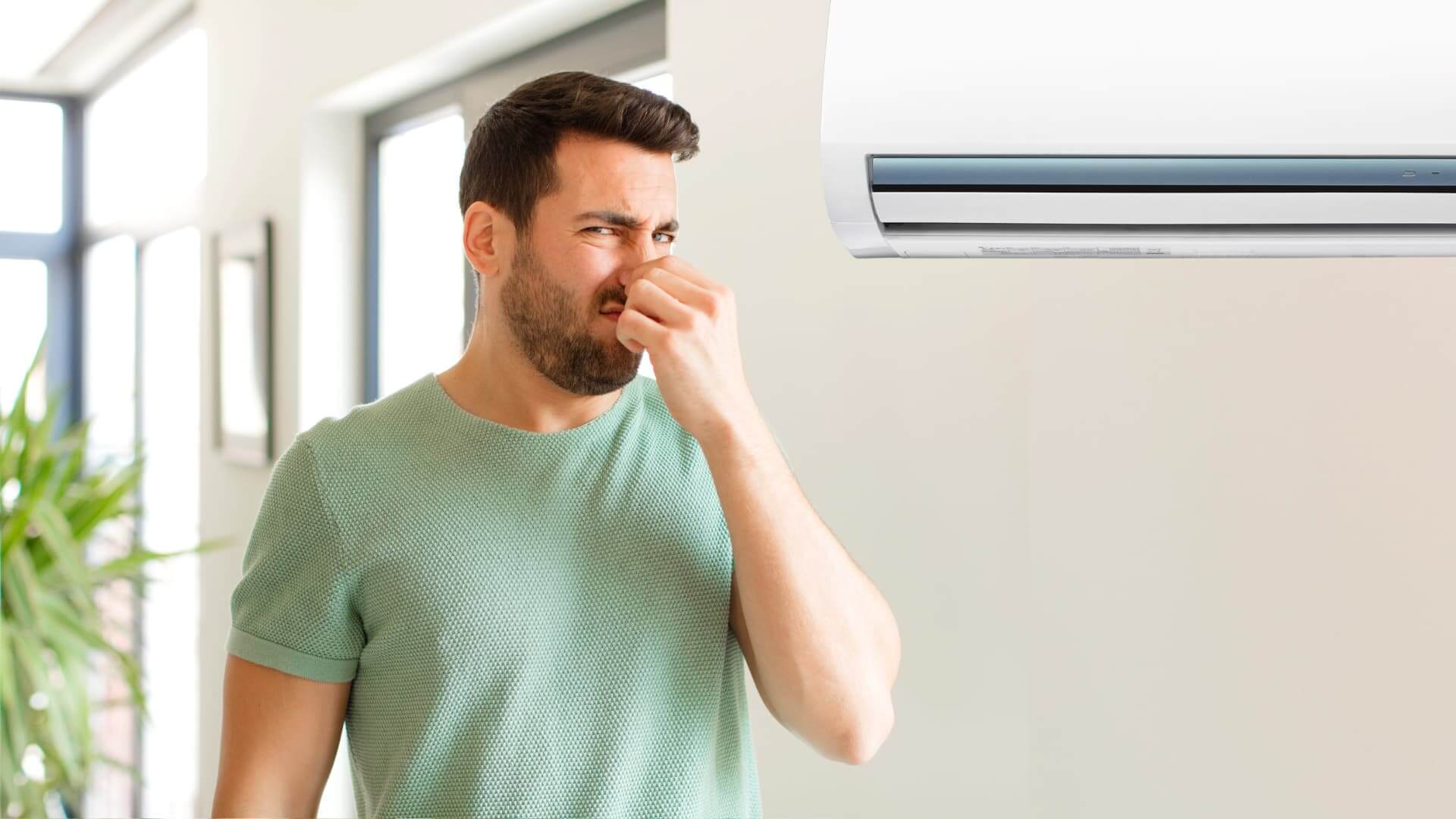
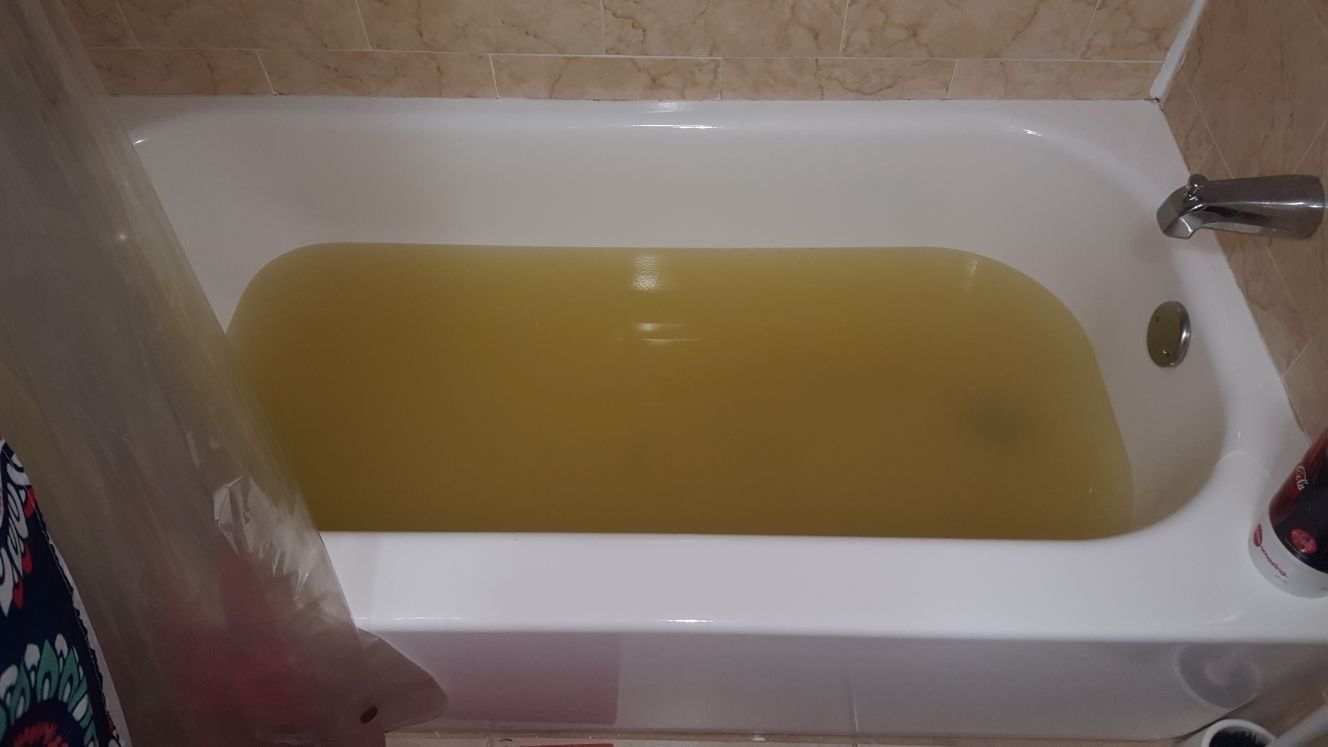
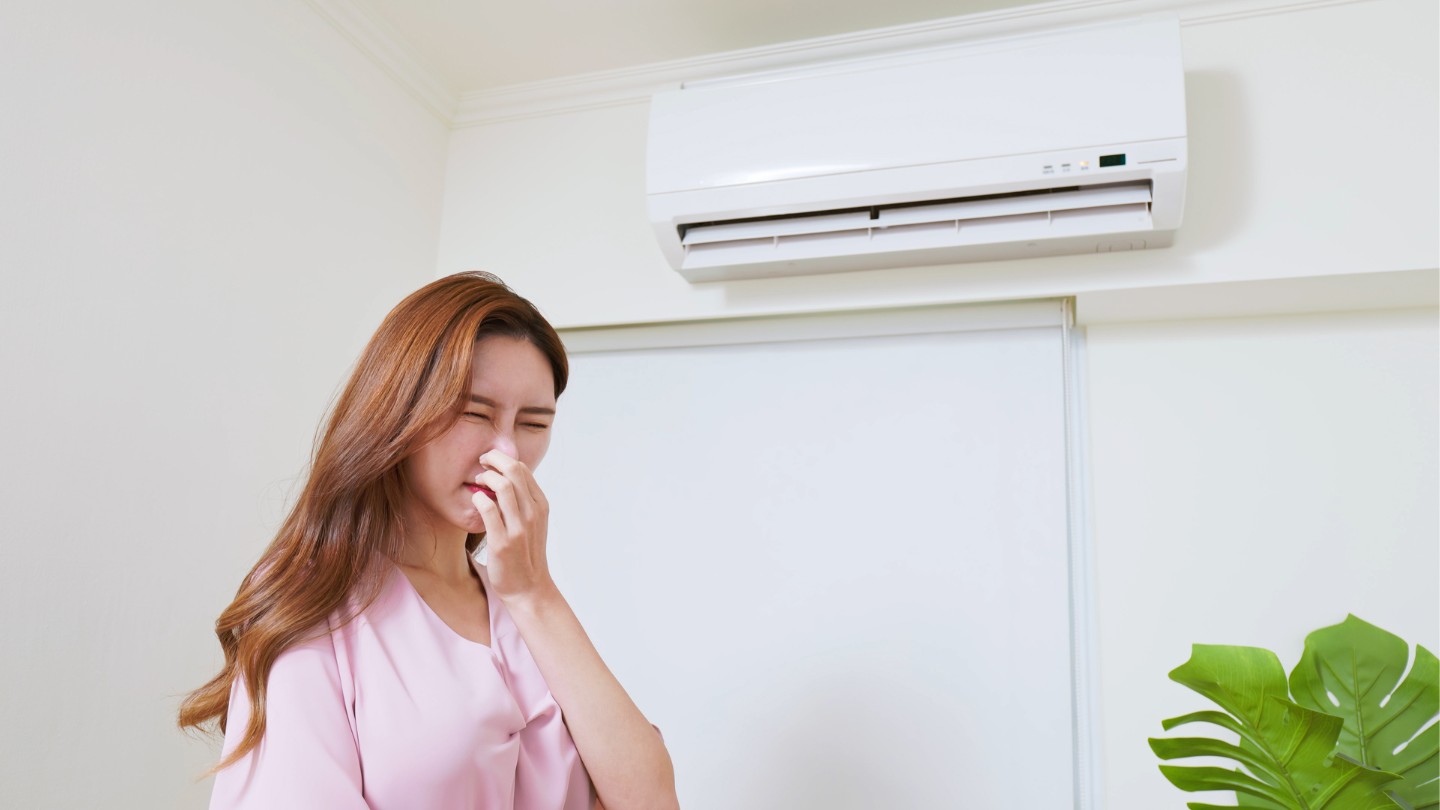
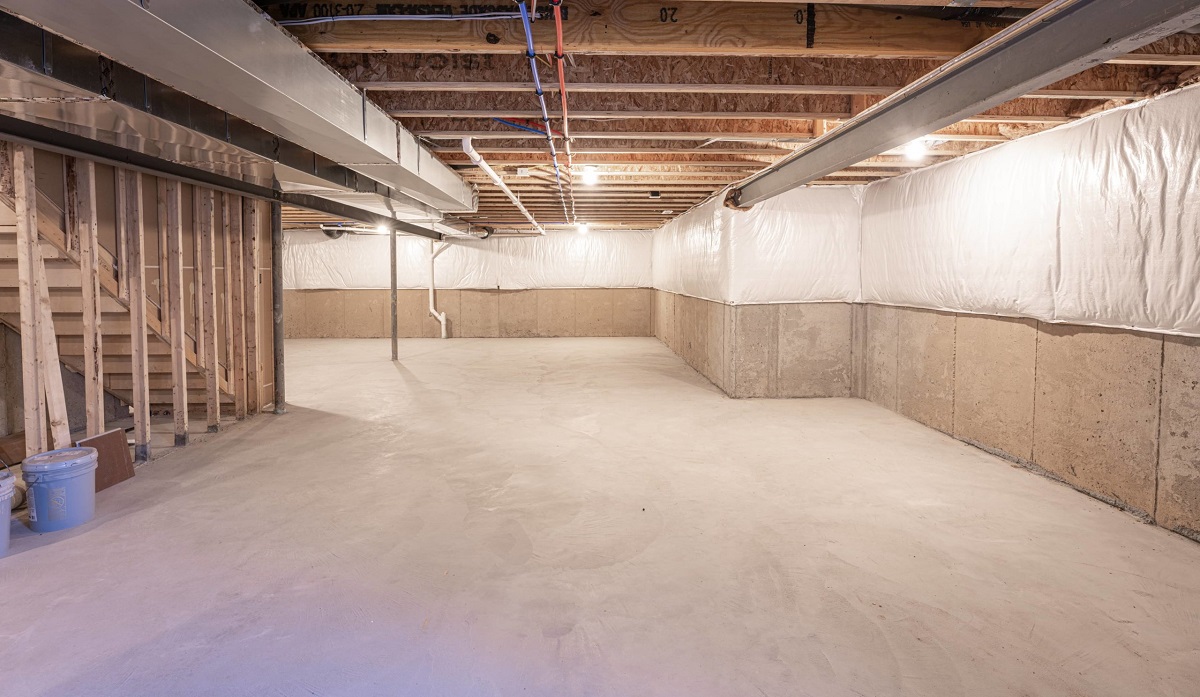
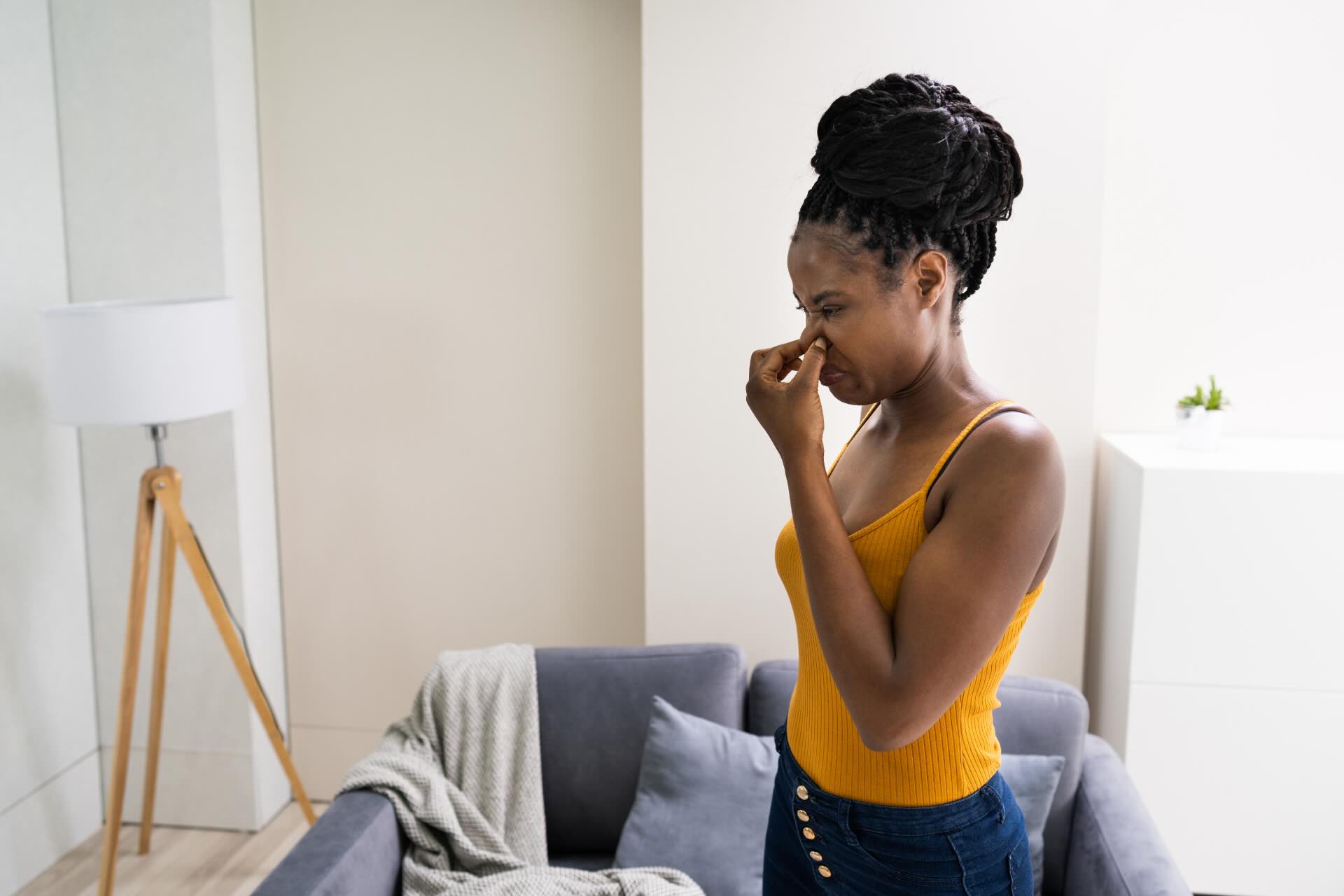
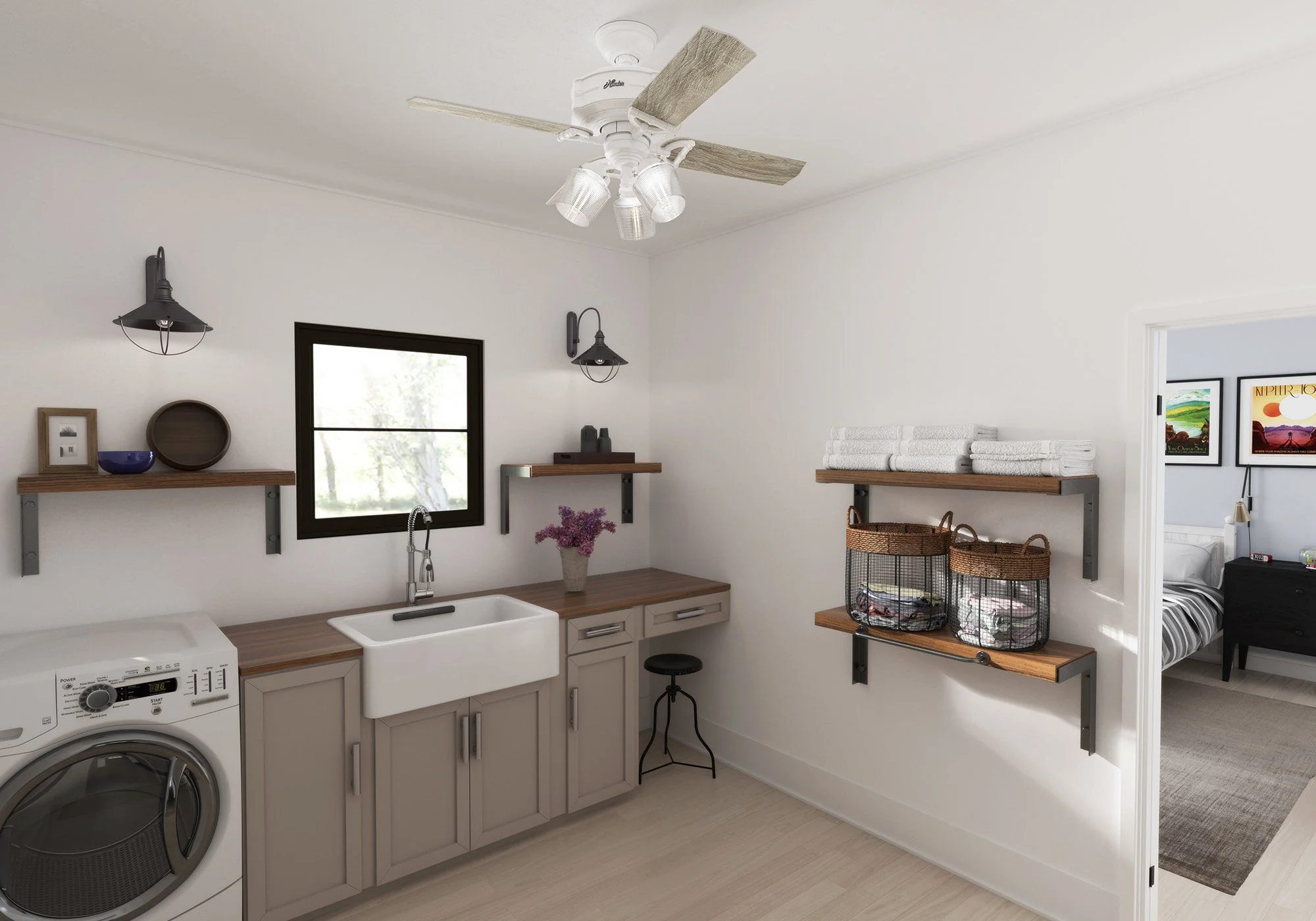
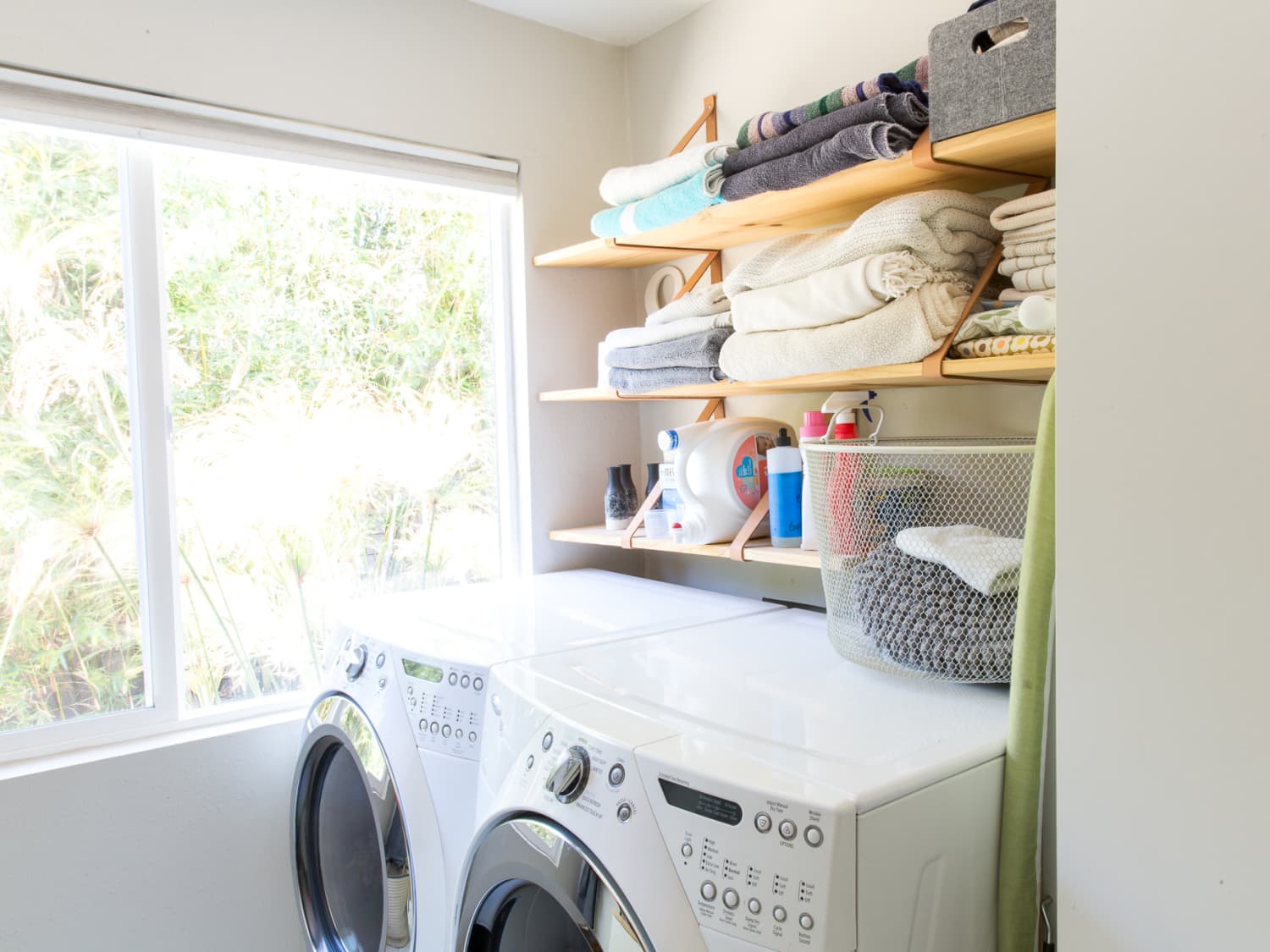
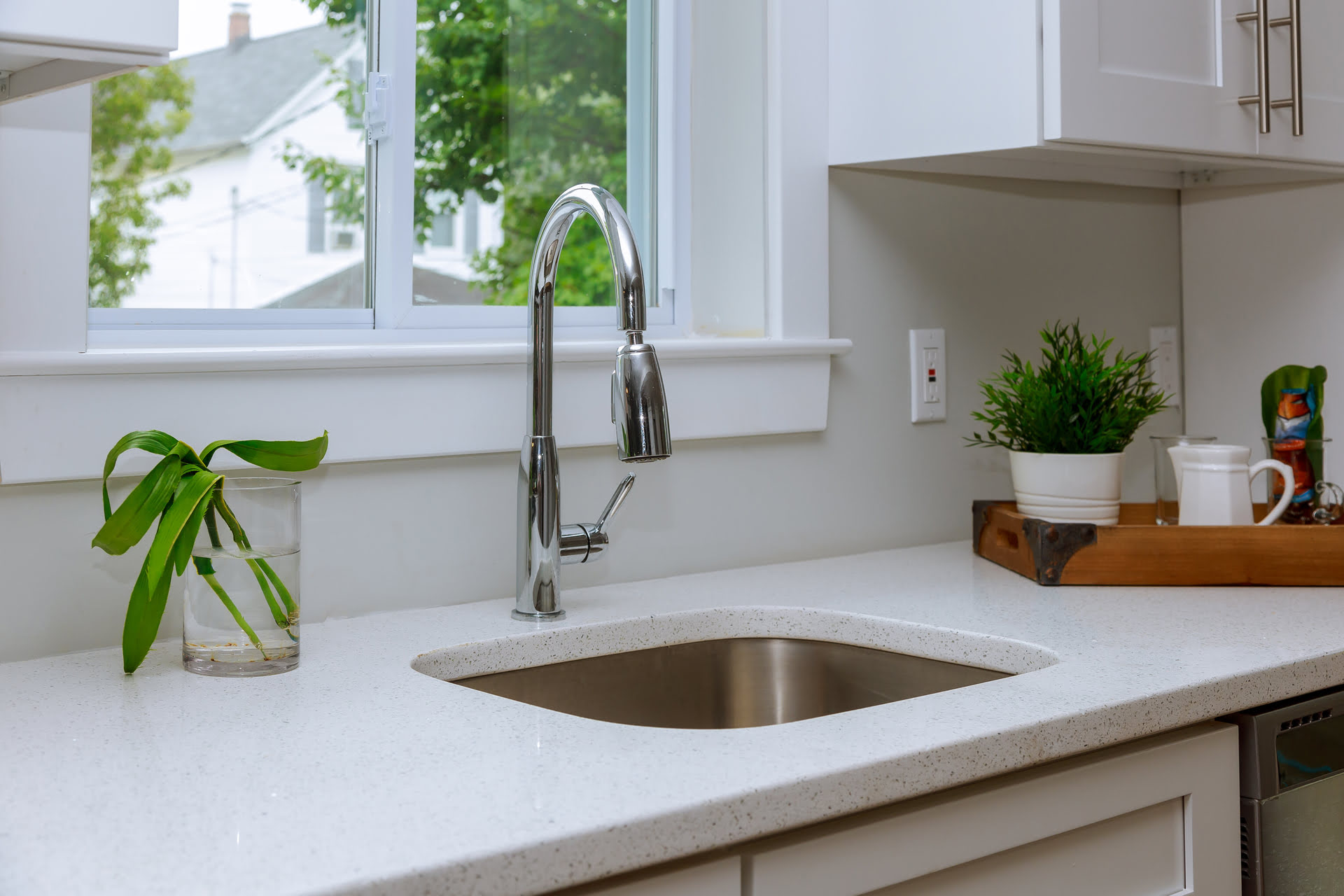

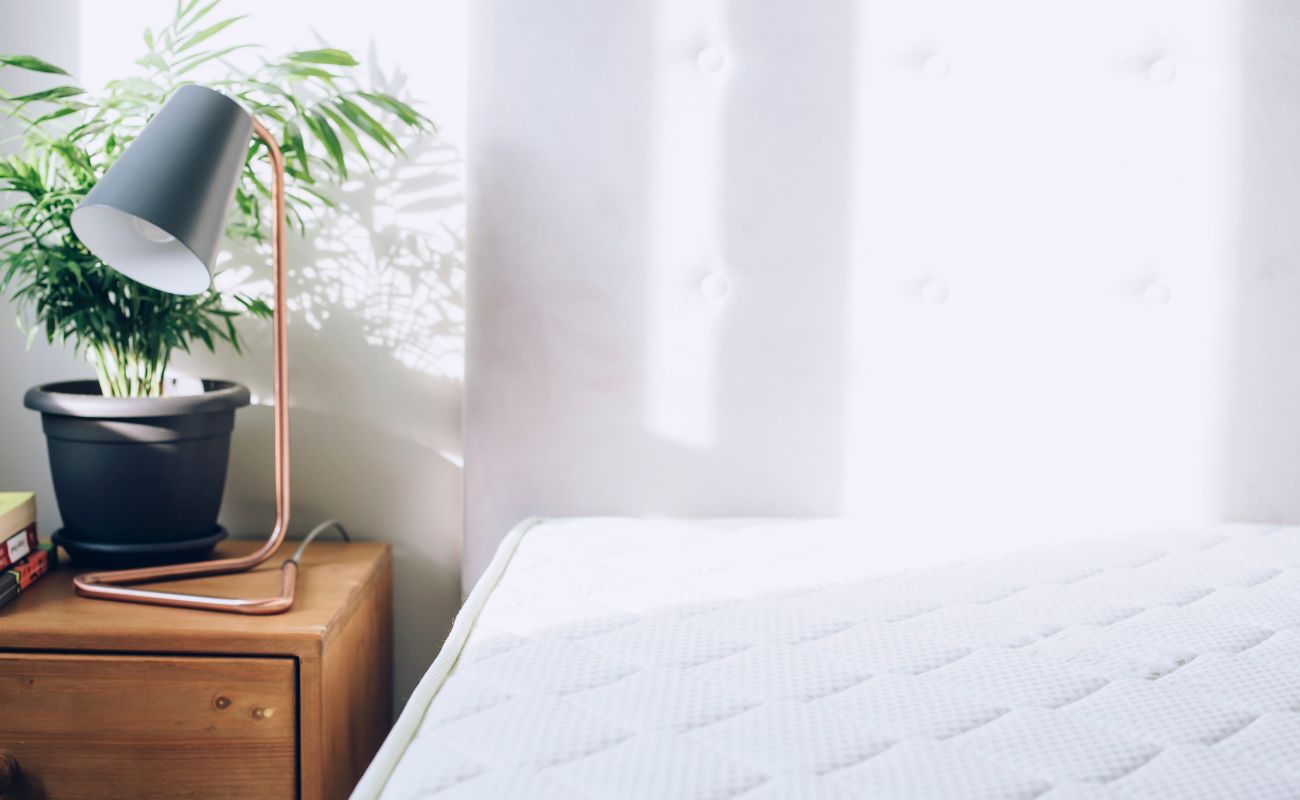
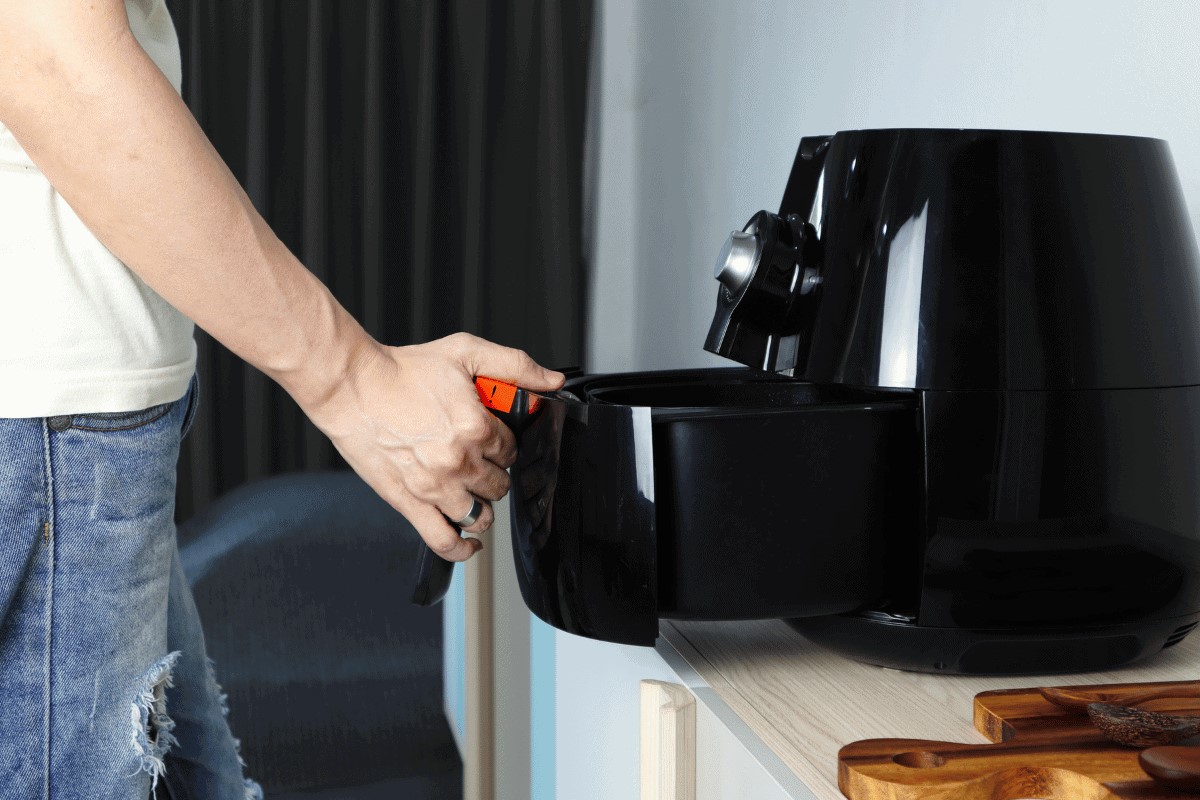

0 thoughts on “Why Does Laundry Room Smell Like Sewer”